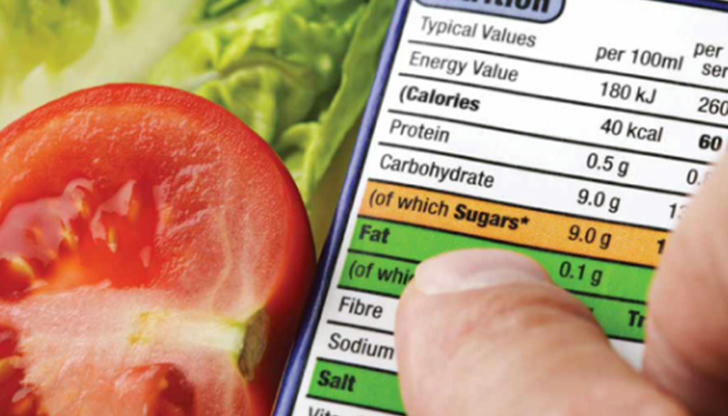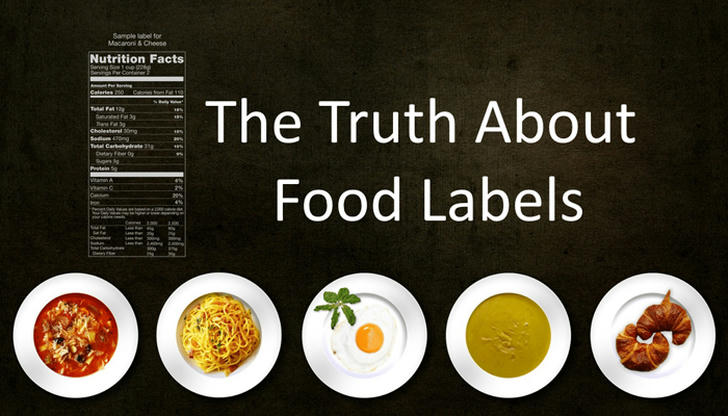Decoding Food Labels: Making Healthier Choices at the Grocery Store
Introduction
In today’s fast-paced world, making healthy food choices can be challenging. One of the most valuable tools consumers have is the food label—a detailed guide printed on nearly all packaged food items. Learning how to decode these labels empowers you to understand exactly what you’re eating, helping you make informed and healthier decisions at the grocery store.
However, food labels can sometimes be confusing or misleading, with a mix of scientific data and marketing claims. This guide will walk you through how to read and interpret food labels effectively, so you can shop smart and support your health goals.

The Basics of Food Labels
Food labels are required by law in many countries to provide specific information about the product. The most common components you’ll find on packaged foods include:
- Nutrition Facts Panel: Shows nutrient content such as calories, fats, carbohydrates, protein, vitamins, and minerals.
- Ingredient List: Lists all ingredients in descending order by weight.
- Allergen Information: Highlights common allergens like nuts, dairy, gluten, or soy.
- Serving Size: Defines the amount of food the nutritional information refers to.
By familiarizing yourself with these basics, you can start interpreting what’s inside your food.
Understanding Key Nutrition Facts
Serving Size and Servings Per Container
Pay close attention to the serving size, as all nutritional values on the label are based on this amount. Sometimes a package contains multiple servings, which can make calorie and nutrient counts seem lower than they really are if you consume the entire package.
Calories
Calories represent the energy you get from a serving. Managing calorie intake is essential for weight management and overall health.
Macronutrients
- Fats: Includes total fat, saturated fat, trans fat, and sometimes unsaturated fats. Limit saturated and trans fats as they can raise “bad” cholesterol levels.
- Carbohydrates: Includes total carbs, dietary fiber, and sugars. Fiber is beneficial for digestion, while excess sugars, especially added sugars, should be minimized.
- Proteins: Essential for muscle repair and growth.
Fiber and Sugars
Natural sugars occur in fruits and dairy, but added sugars are those incorporated during processing. Check for added sugars to avoid excess intake.
Sodium and Cholesterol
High sodium intake can increase blood pressure risk. Cholesterol levels are also listed to help those monitoring heart health.
Vitamins and Minerals
Labels list key nutrients like Vitamin D, calcium, iron, and potassium, which are important for overall wellness.
Common Label Claims and What They Really Mean

Marketing terms can sometimes be confusing or misleading. Here’s what some common claims mean:
- “Low Fat” / “Fat-Free” / “Light”: These refer to specific fat content levels but don’t always mean the product is healthy overall.
- “Organic”: Means the product was produced without synthetic pesticides or fertilizers but doesn’t guarantee nutritional superiority.
- “Natural”: Not strictly regulated in many places; may not mean healthier.
- “Non-GMO”: Indicates ingredients are not genetically modified.
- “Gluten-Free”: Important for people with celiac disease or gluten sensitivity.
- “Sugar-Free” / “No Added Sugar”: Sugar-free means no sugars, but products might contain artificial sweeteners.
- “Contains Antioxidants”: Often true but doesn’t specify the amount or effect.
Always read the nutrition facts and ingredient list beyond marketing claims.
How to Spot Hidden Ingredients and Additives
Processed foods often contain ingredients added to improve taste, appearance, or shelf life. Some to watch for include:
- Preservatives: Such as sodium benzoate or sulfites.
- Artificial Colors and Flavors: Linked to health concerns in some studies.
- High Fructose Corn Syrup: A common sweetener associated with excess calorie intake.
- Trans Fats / Hydrogenated Oils: Raise bad cholesterol and increase heart disease risk.
- Food Dyes and Allergens: May cause reactions in sensitive individuals.
Identifying these helps avoid unnecessary or potentially harmful additives.
Tips for Making Healthier Choices
- Compare Products: Look at similar items and pick the one with lower sodium, added sugars, and unhealthy fats.
- Choose Whole Foods: Whenever possible, opt for fruits, vegetables, nuts, and whole grains instead of heavily processed foods.
- Prioritize Fiber: Aim for foods high in dietary fiber to aid digestion and promote fullness.
- Watch Serving Sizes: Be realistic about how much you will consume.
- Check for Balanced Nutrients: Look for a good mix of protein, healthy fats, and complex carbs.

Special Considerations
- Dietary Needs: Those with diabetes, hypertension, or allergies must read labels carefully to avoid harmful ingredients.
- Expiration Dates: Understand “best by,” “use by,” and “sell by” dates to ensure food safety.
- Ethical Labels: For vegetarians, vegans, kosher, halal diets, look for relevant certifications.
Tools and Resources for Consumers
- Smartphone Apps: Apps like MyFitnessPal or Fooducate can scan labels and provide detailed nutrition info.
- Reliable Websites: Government sites (like FDA or USDA) offer guidelines on food labeling.
- Stay Updated: Labeling regulations can change; staying informed ensures better choices.
Conclusion
Decoding food labels is a crucial skill for navigating today’s complex food environment. By understanding the information provided and recognizing marketing tactics, you can make healthier, smarter choices at the grocery store. Remember, labels are a tool to guide you—pair that knowledge with whole foods and balanced eating habits for the best results.
Empower yourself with label literacy and take control of your nutrition one grocery trip at a time!
